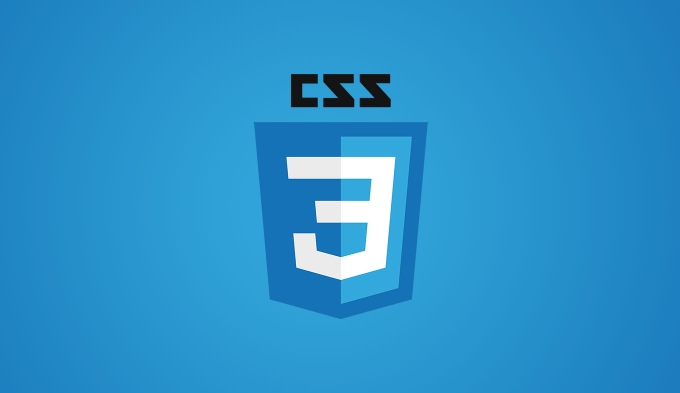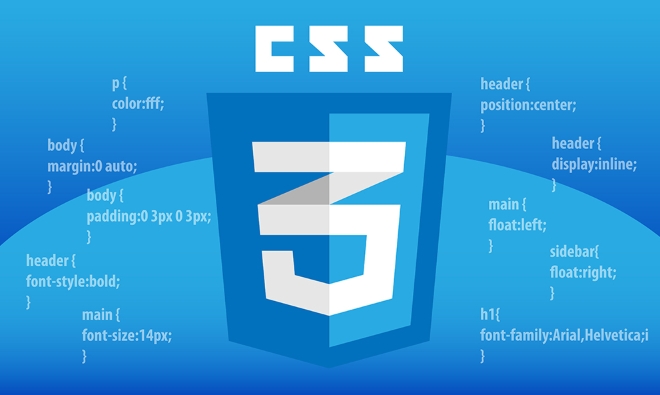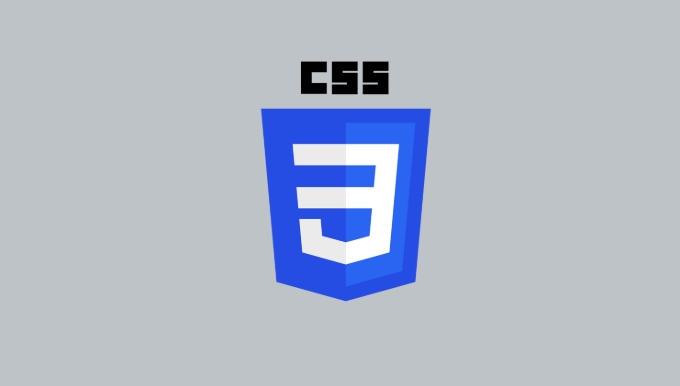The :hover pseudo-class is used to realize style changes when mouse hovering. It is suitable for various elements such as buttons, menus, pictures, etc. The basic writing method is to add :hover after selectors, such as button:hover{background color change}. Common uses include button interaction, drop-down menus, picture enlargement, prompt display, etc. When using it, you need to note that the mobile hover may only trigger when clicked. The structure nesting may cause style failure. The z-index level, style coverage and debug with developer tools. At the same time, pay attention to compatibility and performance to avoid excessive animations affecting the experience.

When you want an element to change when hovering over the mouse, the :hover pseudo-class is the most commonly used tool. It is simple, direct and practical, and is especially suitable for interactive effects such as button color change, pull-down menu, and picture enlargement.

Basic usage: select the right target element
The basic way to write :hover is to add :hover to the selector. For example, if you want a button to change color when hovering, you can write it like this:
button:hover {
background-color: #ffcc00;
}This usage applies to any HTML element, such as links, images, paragraphs, custom components, etc. As long as the user puts the mouse on, the style will change.

Note: On touch screen devices,
:hovermay not "continuously take effect" like mouse hover. Some devices only trigger once when clicking, so you should pay attention to this when developing on mobile devices.
Common uses: not just color change
:hover most common uses include:

- Button interaction : color, border, shadow changes
- Pull-down menu : Move the mouse to display submenu
- Image magnification or filter changes : stronger visual feedback
- Prompt information display : For example, hovering to display text instructions
For example, make a simple image hovering effect:
img.zoom-on-hover:hover {
transform: scale(1.1);
transition: transform 0.3s ease;
} Adding transition makes the changes smoother and the user experience is better.
Nesting and Hierarchy: Don't "invalid" styles
Sometimes you may find :hover does not respond, it may be because the style is overwritten or the structure is nested.
For example, you wrote a hover style of the parent element, but the style of the child element is not inherited, or the element with position: absolute is "hidden" under another layer.
There are several solutions:
- Make sure the hover element is on the z-index layer
- Check if there are other CSS rules that overwrite the hover style
- Use browser developer tools to check if the element is actually applied
:hover
Let's give a structural example:
<div class="parent"> <div class="child"></div> </div>
CSS:
.parent:hover .child {
background-color: red;
} This way, .child will only change color when the mouse hovers over .parent . This writing method is often used in scenes such as menus, card hover display buttons, etc.
Compatibility and performance: Don't ignore these details
:hover is basically supported in modern browsers, but there are several details that need to be paid attention to:
- On mobile devices, as mentioned earlier, behavior may be inconsistent
- Overuse
:hoveranimation may affect performance, especially when a large number of elements hover changes at the same time - Keep the hover style clear to avoid user's inability to see changes
If you are building a responsive website, it is recommended to test whether the "click triggers" problem will occur on your mobile browser. If necessary, you can use JavaScript or other methods to simulate hovering behavior.
Basically that's it. :hover is simple, but using it well also requires consideration of structure, interaction and compatibility. Not complicated, but it is easy to ignore details.
The above is the detailed content of How to use the :hover pseudo-class in CSS?. For more information, please follow other related articles on the PHP Chinese website!

Hot AI Tools

Undress AI Tool
Undress images for free

Undresser.AI Undress
AI-powered app for creating realistic nude photos

AI Clothes Remover
Online AI tool for removing clothes from photos.

Clothoff.io
AI clothes remover

Video Face Swap
Swap faces in any video effortlessly with our completely free AI face swap tool!

Hot Article

Hot Tools

Notepad++7.3.1
Easy-to-use and free code editor

SublimeText3 Chinese version
Chinese version, very easy to use

Zend Studio 13.0.1
Powerful PHP integrated development environment

Dreamweaver CS6
Visual web development tools

SublimeText3 Mac version
God-level code editing software (SublimeText3)

Hot Topics
 CSS tutorial for creating loading spinners and animations
Jul 07, 2025 am 12:07 AM
CSS tutorial for creating loading spinners and animations
Jul 07, 2025 am 12:07 AM
There are three ways to create a CSS loading rotator: 1. Use the basic rotator of borders to achieve simple animation through HTML and CSS; 2. Use a custom rotator of multiple points to achieve the jump effect through different delay times; 3. Add a rotator in the button and switch classes through JavaScript to display the loading status. Each approach emphasizes the importance of design details such as color, size, accessibility and performance optimization to enhance the user experience.
 Addressing CSS Browser Compatibility issues and prefixes
Jul 07, 2025 am 01:44 AM
Addressing CSS Browser Compatibility issues and prefixes
Jul 07, 2025 am 01:44 AM
To deal with CSS browser compatibility and prefix issues, you need to understand the differences in browser support and use vendor prefixes reasonably. 1. Understand common problems such as Flexbox and Grid support, position:sticky invalid, and animation performance is different; 2. Check CanIuse confirmation feature support status; 3. Correctly use -webkit-, -moz-, -ms-, -o- and other manufacturer prefixes; 4. It is recommended to use Autoprefixer to automatically add prefixes; 5. Install PostCSS and configure browserslist to specify the target browser; 6. Automatically handle compatibility during construction; 7. Modernizr detection features can be used for old projects; 8. No need to pursue consistency of all browsers,
 What is the difference between display: inline, display: block, and display: inline-block?
Jul 11, 2025 am 03:25 AM
What is the difference between display: inline, display: block, and display: inline-block?
Jul 11, 2025 am 03:25 AM
Themaindifferencesbetweendisplay:inline,block,andinline-blockinHTML/CSSarelayoutbehavior,spaceusage,andstylingcontrol.1.Inlineelementsflowwithtext,don’tstartonnewlines,ignorewidth/height,andonlyapplyhorizontalpadding/margins—idealforinlinetextstyling
 Styling visited links differently with CSS
Jul 11, 2025 am 03:26 AM
Styling visited links differently with CSS
Jul 11, 2025 am 03:26 AM
Setting the style of links you have visited can improve the user experience, especially in content-intensive websites to help users navigate better. 1. Use CSS's: visited pseudo-class to define the style of the visited link, such as color changes; 2. Note that the browser only allows modification of some attributes due to privacy restrictions; 3. The color selection should be coordinated with the overall style to avoid abruptness; 4. The mobile terminal may not display this effect, and it is recommended to combine it with other visual prompts such as icon auxiliary logos.
 Creating custom shapes with css clip-path
Jul 09, 2025 am 01:29 AM
Creating custom shapes with css clip-path
Jul 09, 2025 am 01:29 AM
Use the clip-path attribute of CSS to crop elements into custom shapes, such as triangles, circular notches, polygons, etc., without relying on pictures or SVGs. Its advantages include: 1. Supports a variety of basic shapes such as circle, ellipse, polygon, etc.; 2. Responsive adjustment and adaptable to mobile terminals; 3. Easy to animation, and can be combined with hover or JavaScript to achieve dynamic effects; 4. It does not affect the layout flow, and only crops the display area. Common usages are such as circular clip-path:circle (50pxatcenter) and triangle clip-path:polygon (50%0%, 100 0%, 0 0%). Notice
 What is the CSS Painting API?
Jul 04, 2025 am 02:16 AM
What is the CSS Painting API?
Jul 04, 2025 am 02:16 AM
TheCSSPaintingAPIenablesdynamicimagegenerationinCSSusingJavaScript.1.DeveloperscreateaPaintWorkletclasswithapaint()method.2.TheyregisteritviaregisterPaint().3.ThecustompaintfunctionisthenusedinCSSpropertieslikebackground-image.Thisallowsfordynamicvis
 How to create responsive images using CSS?
Jul 15, 2025 am 01:10 AM
How to create responsive images using CSS?
Jul 15, 2025 am 01:10 AM
To create responsive images using CSS, it can be mainly achieved through the following methods: 1. Use max-width:100% and height:auto to allow the image to adapt to the container width while maintaining the proportion; 2. Use HTML's srcset and sizes attributes to intelligently load the image sources adapted to different screens; 3. Use object-fit and object-position to control image cropping and focus display. Together, these methods ensure that the images are presented clearly and beautifully on different devices.
 What are common CSS browser inconsistencies?
Jul 26, 2025 am 07:04 AM
What are common CSS browser inconsistencies?
Jul 26, 2025 am 07:04 AM
Different browsers have differences in CSS parsing, resulting in inconsistent display effects, mainly including the default style difference, box model calculation method, Flexbox and Grid layout support level, and inconsistent behavior of certain CSS attributes. 1. The default style processing is inconsistent. The solution is to use CSSReset or Normalize.css to unify the initial style; 2. The box model calculation method of the old version of IE is different. It is recommended to use box-sizing:border-box in a unified manner; 3. Flexbox and Grid perform differently in edge cases or in old versions. More tests and use Autoprefixer; 4. Some CSS attribute behaviors are inconsistent. CanIuse must be consulted and downgraded.






